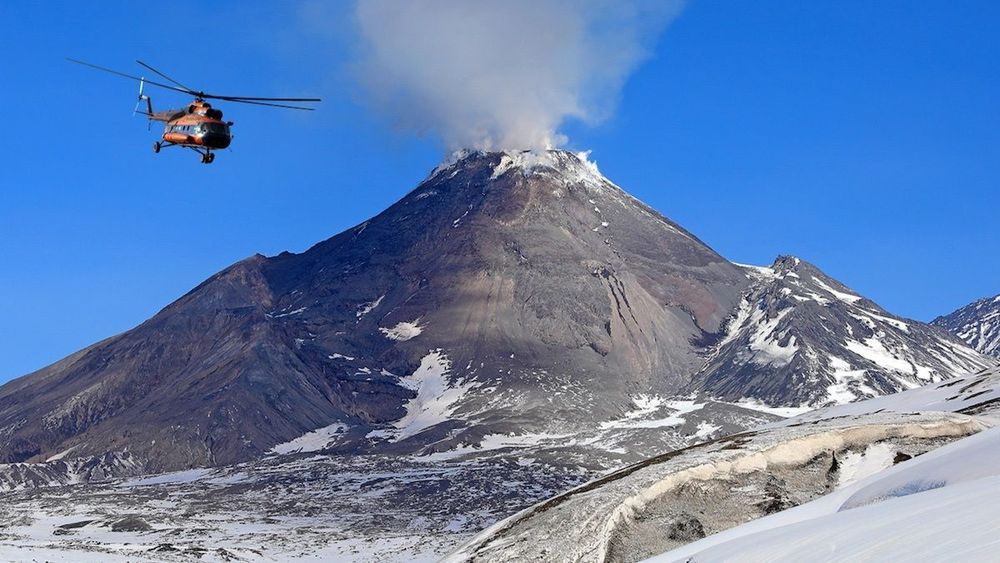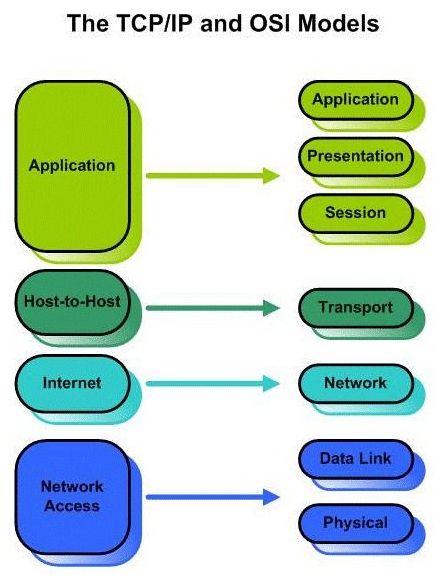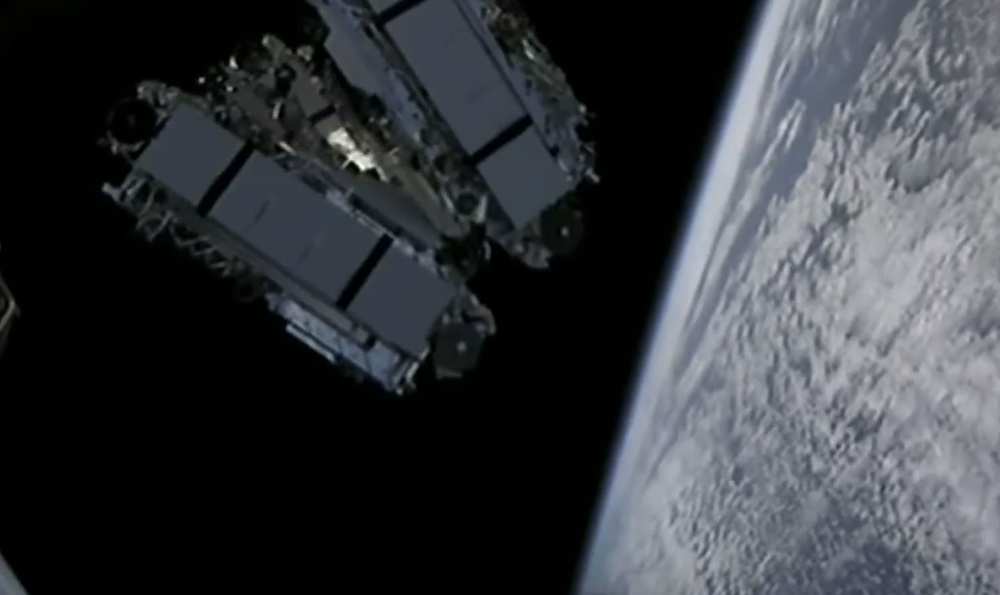Sep 13, 2020
Watching a volcano make a comeback
Posted by Genevieve Klien in categories: drones, satellites
Scientists analyse images over seven decades.
German and Russian scientists say they have documented the life cycle of a volcano for the first time, revealing that it has a kind of “memory”.
The volcano in question is Bezymianny, an active stratovolcano on the Kamchatka peninsula in eastern Russia which suffered a collapse in its eastern sector back in 1956.

















